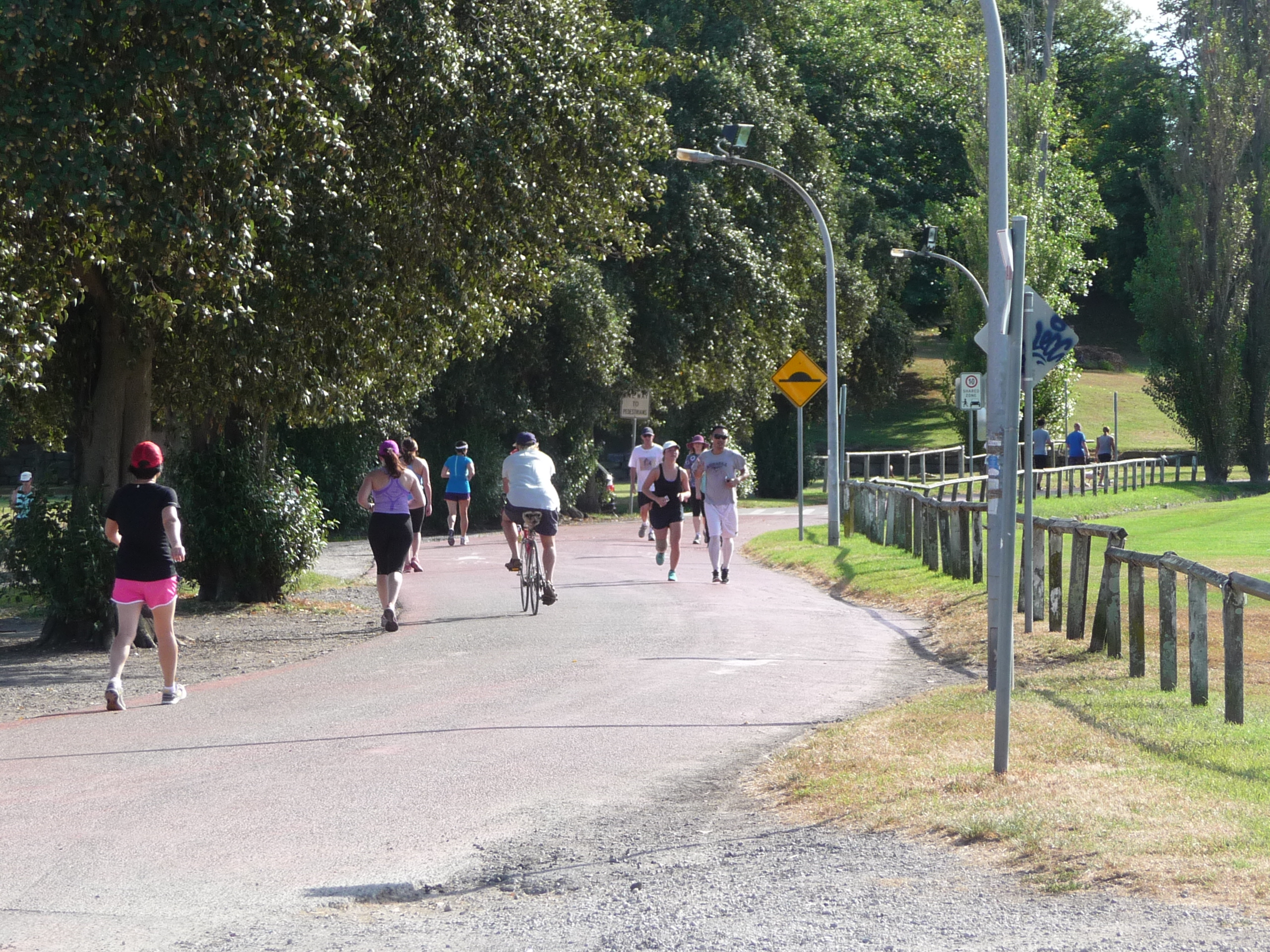By Susan Thompson, City Futures Research Centre, and Peter McCue, NSW Office of Sport. This is an edited version of the authors’ column in New Planner.
When we think about health infrastructure we generally focus on hospitals, ambulance stations, the flying doctor (in regional and remote centres), clinics and medical centres – the facilities that are essential for getting us through illness and accidents, making us well again. It’s somewhat ironic that the major focus of the ‘health’ sector is sick care, rather than preventing illness in the first place.
So it’s not too much of a stretch to declare that what many planners do is health infrastructure! Providing the spaces and places that support good health and wellbeing as part of everyday life. This is the infrastructure that helps to keep people physically active, socially connected to each other, and able to access fresh, nutritious and culturally appropriate food in environmentally sustainable ways. As regular readers of our column are well aware, such behaviour builds the foundations for good health, reducing the risk factors for the chronic diseases that plague modern society.
The GreenWay is a fabulous piece of green infrastructure for healthy and environmentally sustainable living. Recently identified in the Central Sydney District Plan as the number one priority for Sydney’s Green Grid, the GreenWay connects two of Sydney’s most important waterways – the Parramatta and Cooks Rivers – via a 5 kilometre light rail, active transport and urban environmental corridor in the city’s Inner West. It was originally an initiative involving four adjoining local councils, bringing local government professionals from disparate disciplinary backgrounds together to work collaboratively with the community and intermittently, state government. Today the GreenWay is a work in progress. The next four years will see its completion with the construction of a further 3.2 kilometres using $20 million of funding committed by local and state governments. The green corridor follows the route of Sydney’s newest completed light rail service from Rozelle to Dulwich Hill (converted from the former freight rail line), integrating cycling, walking and public transport. It is a significant community hub for the arts and bushcare, as well as connecting to significant recreational facilities including outdoor gyms, sporting fields, children’s playgrounds, a dog park with café, and picnic areas.
The GreenWay serves as a local outdoor classroom modelling urban sustainability for school and university students. An extensive educational program of resources, developed for primary schools, is now recommended as best practice for geography studies by the NSW Department of Education. UNSW and UTS run multi-disciplinary classes involving students from the built environment and health. They research different aspects of the GreenWay, experiencing complex, real-world, urban sustainability and health issues in holistic and integrated ways. Over the last few years, students have put a raft of different issues under the microscope, making recommendations about light rail accessibility, pedestrian safety, disabled access, lighting, and shared walking and cycling paths. The projects are presented to GreenWay council officers and accompanying posters displayed at the annual GreenWay Art Exhibition.
Although an example of urban infrastructure, many of the features of the GreenWay and the activities that occur along its length and immediate vicinity have relevance for regional locations. The GreenWay demonstrates how green corridors with shared cycling and walking paths can encourage much more than just physical activity. Community members from different generations, socio-economic backgrounds and cultures are connected in a sustainable environmental setting which is supportive of their physical and mental health.


No Comments so far ↓
There are no comments yet...Kick things off by filling out the form below.